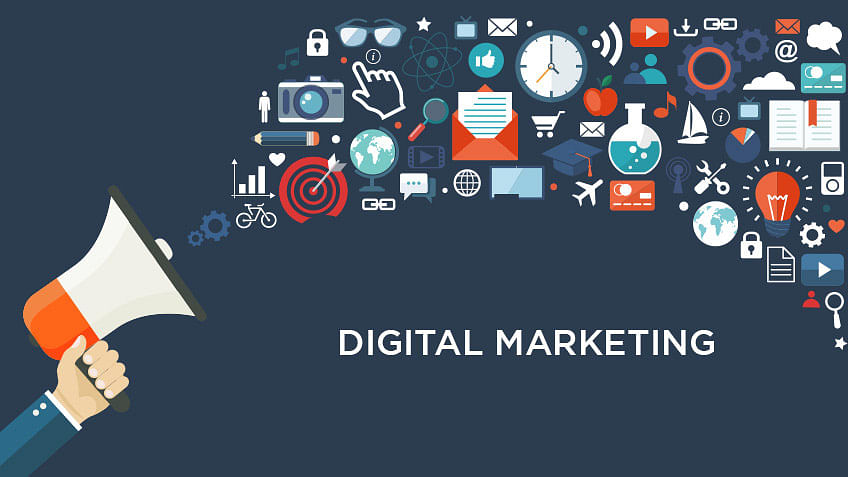Digital marketing has undergone significant changes with the rise of social media platforms. Brands now prioritize engagement and interaction, recognizing that consumers seek authentic connections rather than traditional advertising. The shift toward content-driven strategies emphasizes storytelling and user-generated content, allowing brands to build community and foster loyalty.
1. The Rise of Social Media Platforms
Social media platforms like Facebook, Instagram, and Twitter have become essential tools for marketers. These channels offer unprecedented access to target audiences, enabling brands to tailor their messages to specific demographics. With the ability to track user behavior and preferences, companies can create highly targeted campaigns that resonate with their audiences.
2. Content Marketing’s Evolution
Content marketing has evolved to prioritize high-quality, relevant content that provides value to consumers. Brands are now focused on creating engaging posts, videos, and stories that capture attention and encourage sharing. This shift toward informative and entertaining content not only helps in brand positioning but also enhances search engine visibility.
3. Influencer Marketing
The emergence of influencer marketing has transformed how brands promote their products. Influencers leverage their social media followings to reach niche audiences, providing brands with a more personal touch. This strategy allows for authentic endorsements, as consumers tend to trust recommendations from individuals they admire.
4. Data-Driven Decisions
With the wealth of data available from social media interactions, brands can make informed marketing decisions. Analyzing metrics such as engagement rates, conversion rates, and audience demographics helps marketers refine their strategies. This data-driven approach enables continuous improvement and optimization of marketing efforts.
5. PR Integration
The relationship between digital marketing and public relations is increasingly intertwined. Effective communication strategies, often facilitated by a PR firm, can enhance brand visibility and credibility online. By aligning marketing and PR efforts, brands can create a cohesive narrative that strengthens their overall presence in the market.
6. The Importance of Engagement
Engagement is at the heart of modern digital marketing strategies. Brands are encouraged to interact with their audiences through comments, polls, and direct messages. This two-way communication fosters a sense of community and allows brands to respond to customer feedback in real time, enhancing customer satisfaction.
7. Video Marketing
Video content has become a dominant force in digital marketing. Platforms like TikTok and YouTube allow brands to share engaging visual stories that capture attention and drive engagement. Video marketing is particularly effective for demonstrating products, sharing testimonials, and providing behind-the-scenes looks at brands.
8. Future Trends
As technology continues to advance, the future of digital marketing will likely involve more personalization and automation. AI-driven tools are expected to play a significant role in analyzing consumer behavior and optimizing marketing strategies. Staying ahead of these trends will be essential for brands aiming to maintain a competitive edge.
Conclusion
The evolution of digital marketing strategies in the age of social media highlights the need for brands to adapt to changing consumer behaviors and preferences. By focusing on engagement, content quality, and leveraging the expertise of PR firms, companies can create effective marketing strategies that resonate with their target audiences. As the landscape continues to shift, embracing innovation and technology will be crucial for long-term success in digital marketing.






